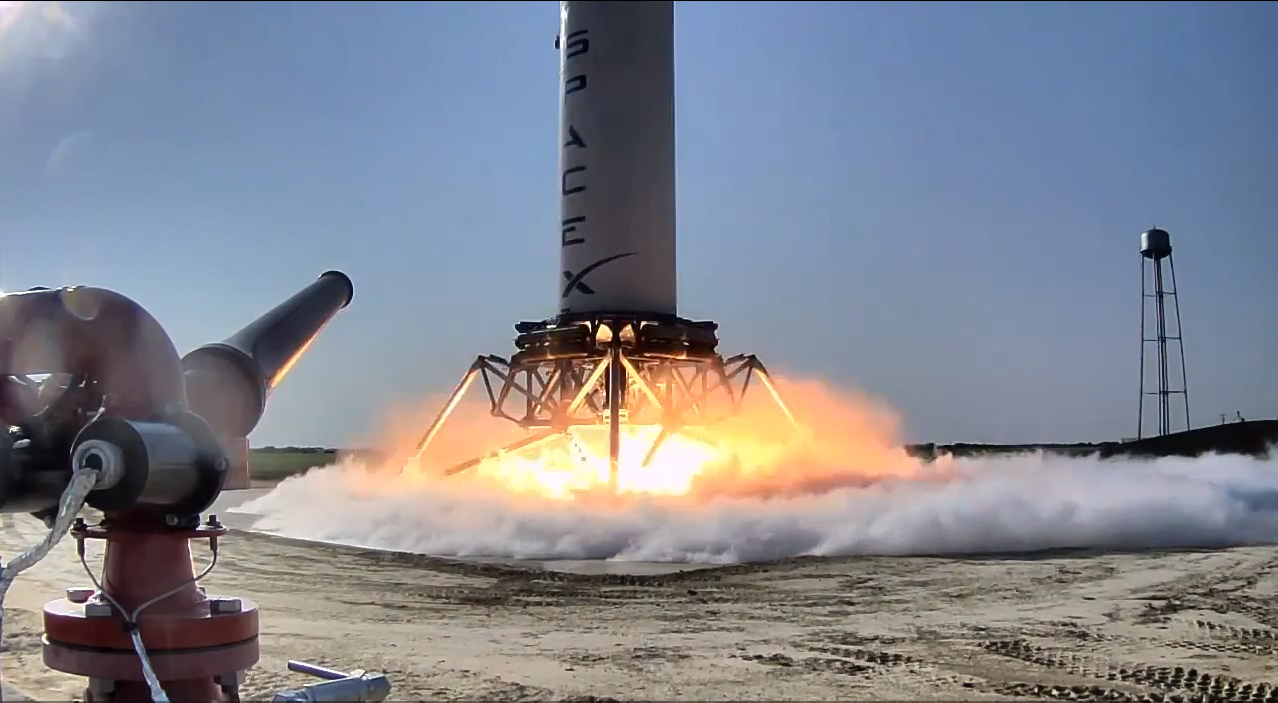
Vertical takeoff, vertical landing (VTVL) is a form of takeoff and landing for rockets. VTVL technologies were developed substantially with small rockets after 2000, in part due to incentive prize competitions like the Lunar Lander Challenge.
Recently, the private space enterprise SpaceX undertook a new test attempt with their Grasshopper VTVL-rocket, this time they managed to fly to an altitude of 744 meters (2441 feet) and then land again.
In the clip below, a single camera follows the rocket as it gains height, reaches its peak, begins descending, and then lands again, all vertically.
The Grasshopper rockets are being developed by SpaceX for use in resupply missions to the International Space Station and beyond. The rockets will be reusable and thereby make them a much more cost-efficient solution for future space entry and exit.
The Grasshopper project was announced by SpaceX in 2011 and began low-altitude, low-velocity hover/landing testing in 2012. What makes the project unusual is that it is being developed and tested by a private company, Space Exploration Technologies (SpaceX).
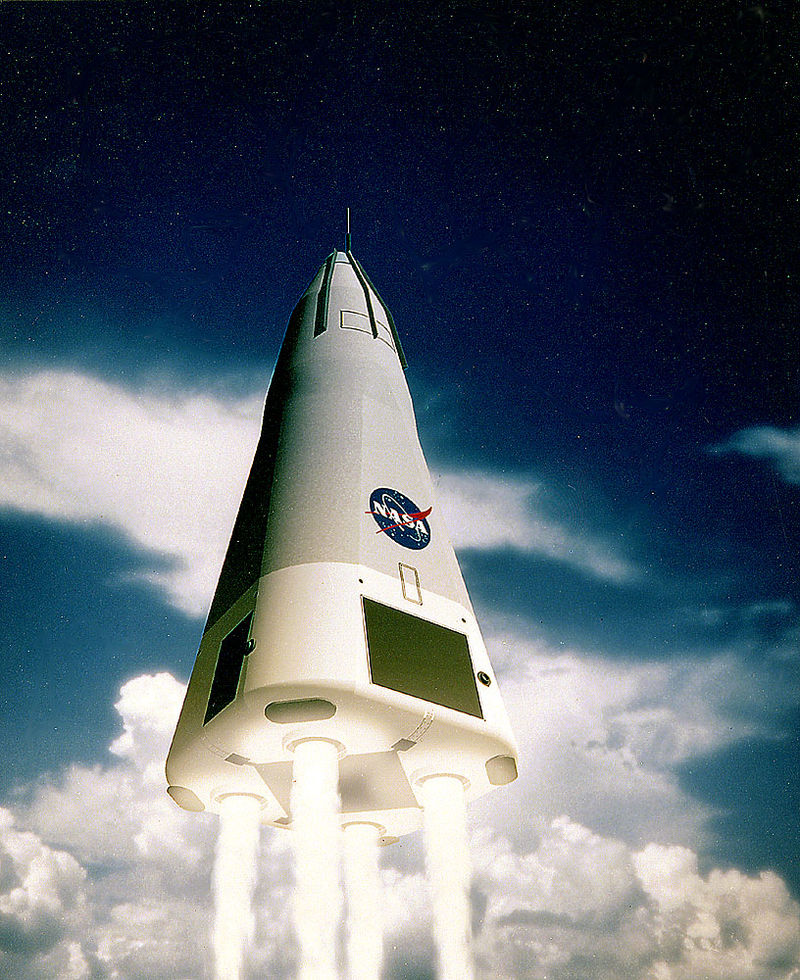
The Grasshopper rocket is however not the first of its kind. The concept of Vertical Takeoff and Vertical Landing (VTVL) has been tested since the 1960s, with multiple VTVL craft developed and flown since.
One of the more famous of these was the McDonnell Douglas DC-X that was in development during the 1990s. The DC-X was a prototype and never designed to achieve orbital altitudes or velocity. Instead, it was to demonstrate the concept of vertical take-off and landing.
The DC-X made several successful flights, but on its last one, it fell over and was heavily damaged. Normally the structural damage from such a fall would only constitute a smaller setback, but due to a new focus by NASA on budget constraints – the project was scrapped.
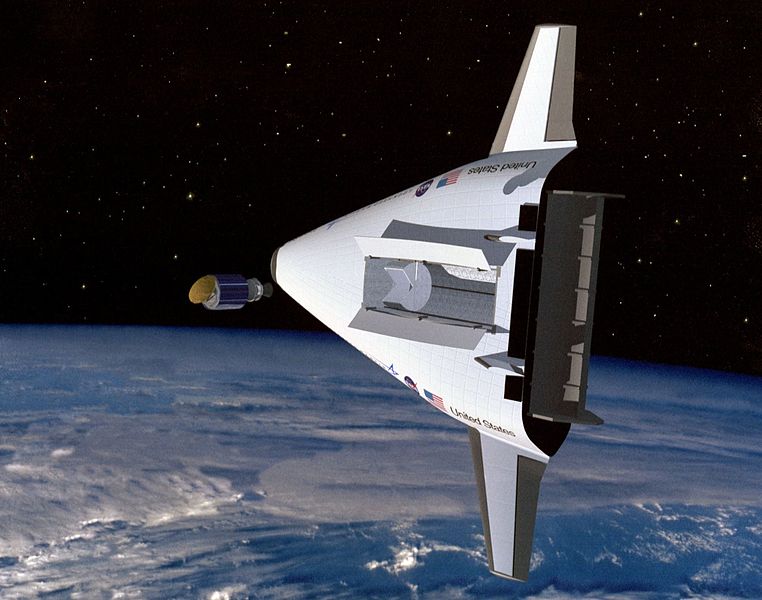
At the time, the DC-X project was also in competition for funding by the Lockheed Martin X-33/VentureStar project. The VentureStar was to be a single-stage-to-orbit vehicle, launching vertically but returning as an airplane. However, failures in VentureStar’s technology demonstrator, the X-33, and in particular its composite liquid hydrogen tank, led to programs cancellation and the removal of federal funding in February 2001.
What makes the VentureStar program even more impressive is that it would have been much more environmentally friendly than the Space Shuttle program (STS). Since, instead of using solid rocket boosters with chemical wastes during launch, the VentureStar’s exhausts would have consisted of only water vapor, with its main fuels being liquid hydrogen and liquid oxygen.

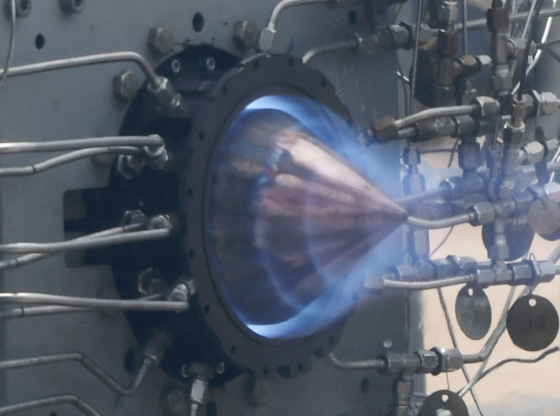
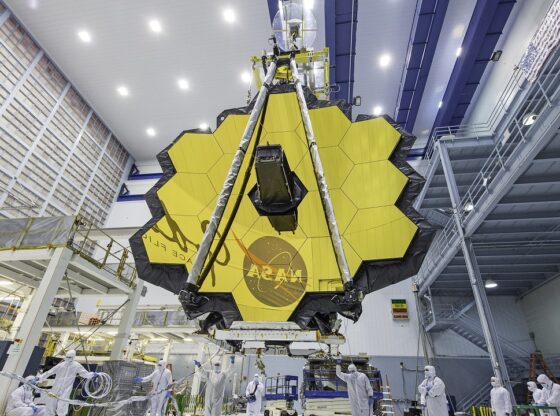
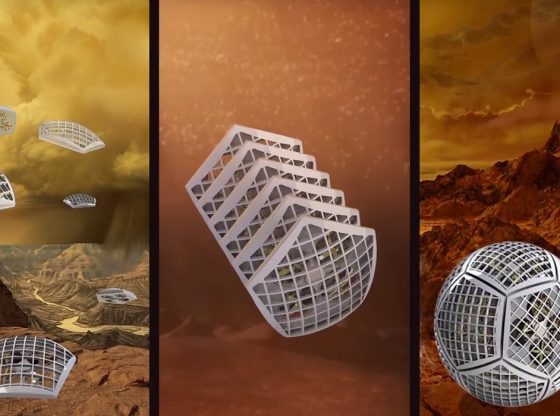
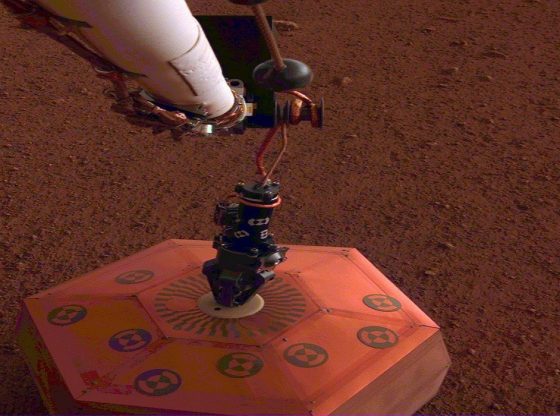
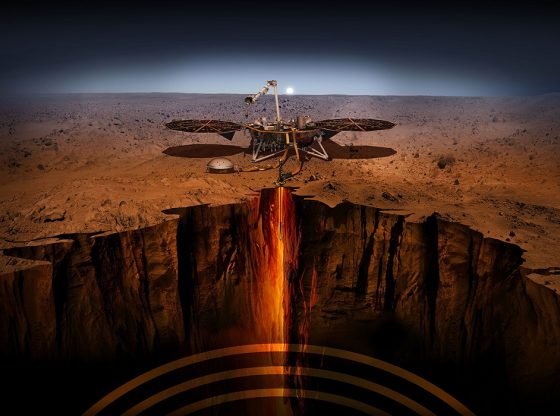
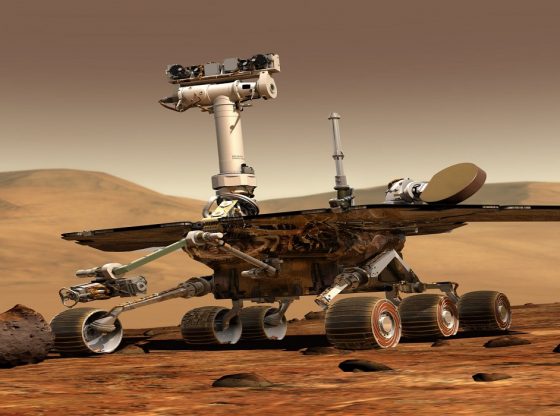
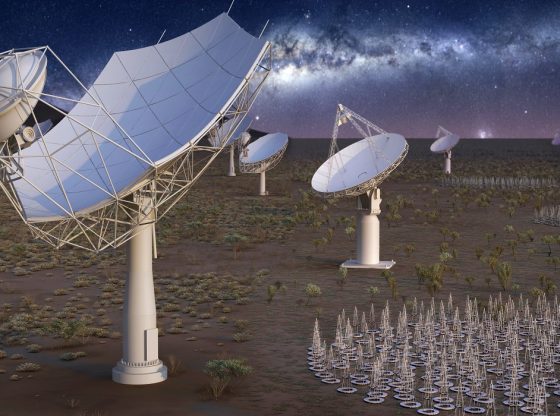
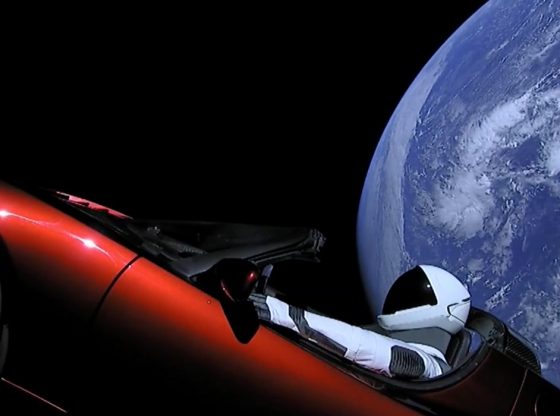
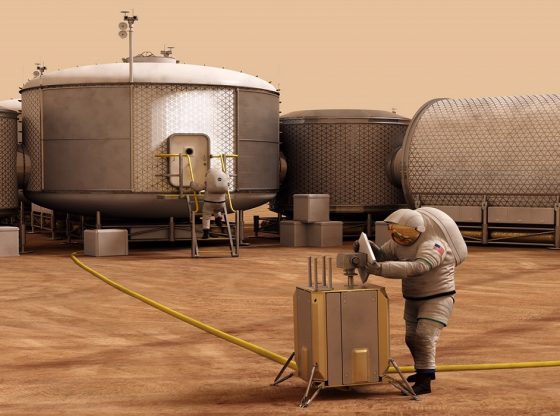
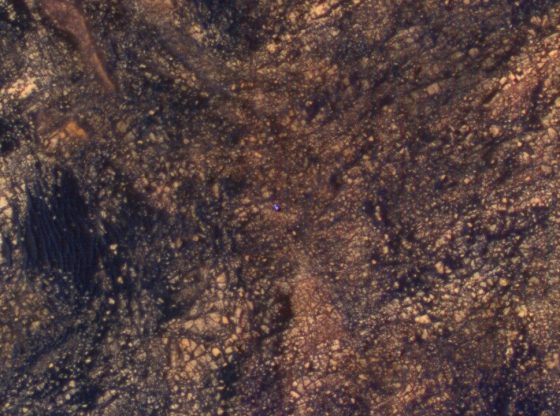
![OpenAI. (2025). ChatGPT [Large language model]. https://chatgpt.com](https://www.illustratedcuriosity.com/files/media/55136/b1b0b614-5b72-486c-901d-ff244549d67a-350x260.webp)
![OpenAI. (2025). ChatGPT [Large language model]. https://chatgpt.com](https://www.illustratedcuriosity.com/files/media/55124/79bc18fa-f616-4951-856f-cc724ad5d497-350x260.webp)
![OpenAI. (2025). ChatGPT [Large language model]. https://chatgpt.com](https://www.illustratedcuriosity.com/files/media/55099/2638a982-b4de-4913-8a1c-1479df352bf3-350x260.webp)








